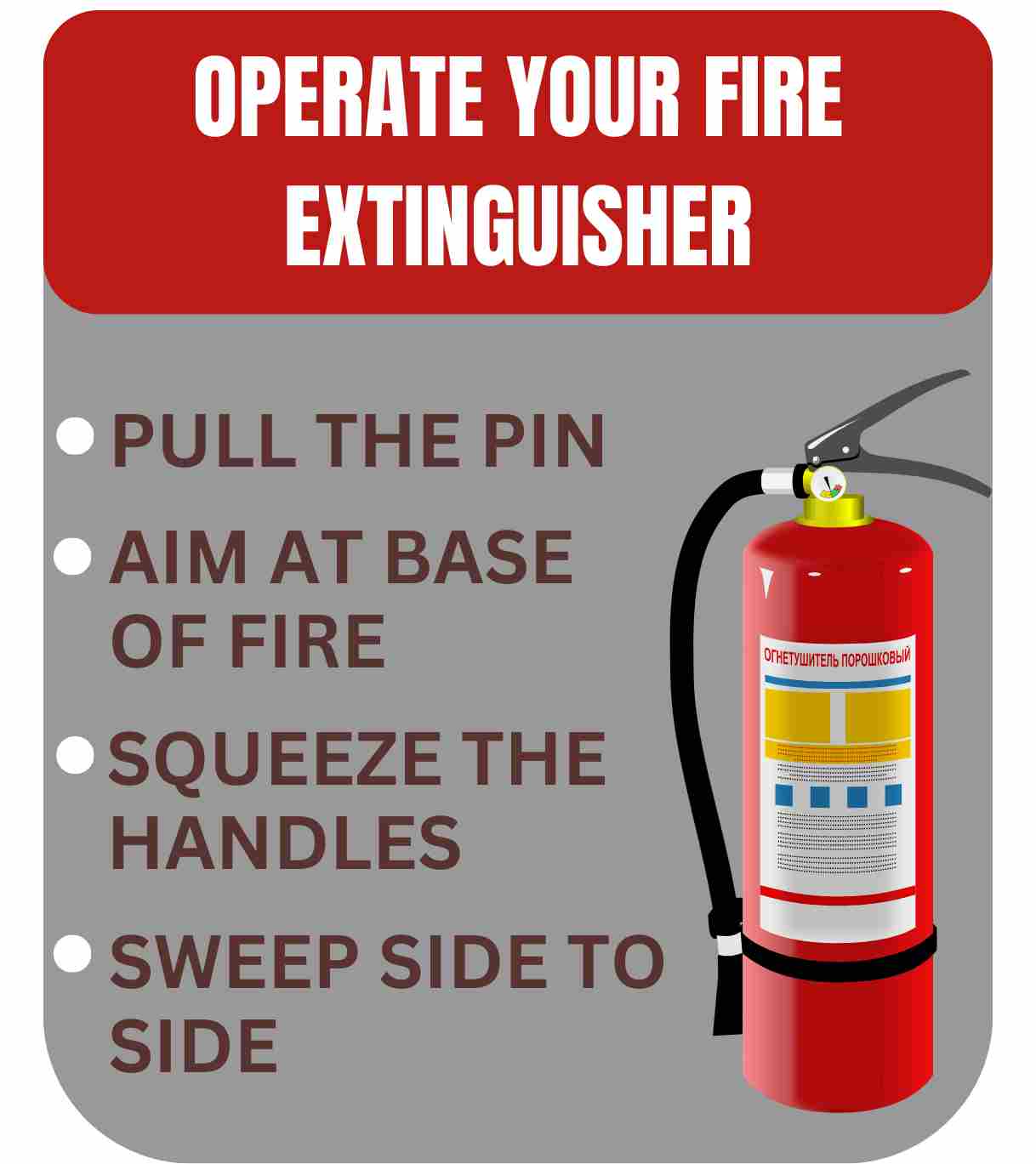
OSHA Chemical Spill Training Online – Safety Course
In the United States, chemical spills have caused more harm than many realize. According to the CDC, between 1999 and 2008 nearly 58,000...


Fire extinguishers are commonly found in workplaces, homes, and public spaces. But what's the point if individuals don't know how to use them properly? In the event of a fire emergency, having the knowledge and skills to easily and safely operate a fire extinguisher can prevent a small fire from turning into a serious situation.
Understanding the types of fire extinguishers, how to select the suitable one for different types of fires, and proper usage techniques are key components of fire safety education. This allows individuals to protect everyone in the surroundings and the property from the harmful effects of fire.
Using a fire extinguisher involves following these simple steps:
Remember the acronym PASS

If you find a fire, make sure you're not putting yourself or others at risk when trying to put it out. Here are some rules:
Not all fires are the same, and using the wrong type of extinguisher can make situation worse. There are several classes of fire extinguishers, each designed for specific types of fires.
To protect lives and property, every individual needs to understand the correct usage of fire extinguishers. By understanding the different types of extinguishers and how to use them effectively, individuals can play an active role in fire prevention and emergency response. Remember, while fire extinguishers are valuable tools, they should only be operated by individuals who have received proper training. Stay updated, stay safe, and be ready for any fire emergency.

In the United States, chemical spills have caused more harm than many realize. According to the CDC, between 1999 and 2008 nearly 58,000...

Bloodborne pathogens are harmful microorganisms found in human blood and certain other body fluids, known...

Arsenic is a naturally occurring element found in soil, water, and air. While organic arsenic compounds are generally less harmful, inorganic...

Mining is one of the most hazardous industries in the U.S. A report from the Bureau of Labor Statistics (BLS) shows that mining-related fatalities...
Semiconductor manufacturing uses chemicals that can create serious health and safety risks if...

Handling and transporting hazardous materials requires following federal safety regulations. The U.S...